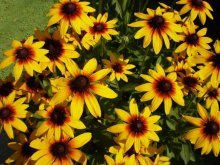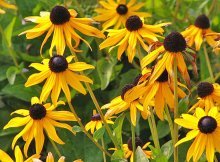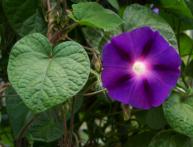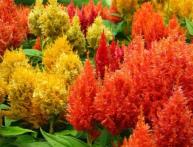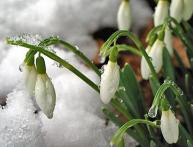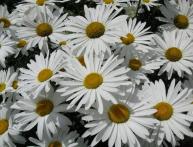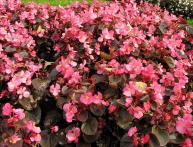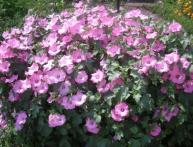Rudbeckia hairy, description, cultivation, varieties and purpose in the garden

Modern flower growers have received many beautiful plants thanks to the discovery of America. The first Europeans who arrived on the American continent paid attention to the beautiful flowers. Their inflorescences seemed to consist of two parts, long yellow petals and a very dark convex center. Thanks to this appearance, the flower was given the name Suzanne's black eyes by its discoverers. Later the genus received the name Rudbeckia. Let's try to find out what hairy rudbeckia looks like, which became the founder of many cultivated varieties and hybrids.
Content:
- History and description of the species Rudbeckia pilosa
- Choosing a site for rudbeckia, planting
- Using rudbeckia in the garden, varieties and hybrids
History and description of the species Rudbeckia pilosa
As soon as the first white colonists began to develop American lands and build their settlements, rudbeckia became one of the first decorations for their front gardens. And the seeds of this flower were sent home to Europe. Here, the famous taxonomist Carl Linnaeus studied, described and identified the plant. From him the genus received its name in honor of Linnaeus's teacher Olaf Rudbeck.
This man had diverse scientific interests and was one of the first to discover the lymphatic system in the human body. And although this does not apply to plant taxonomy, he was the great-grandfather of the founder of the Nobel Prize, A. Nobel.In total, the genus Rudbeckia includes about three dozen species. All of them exist in herbaceous form as annual or perennial plants.
Rudbeckia pilosa or Rudbeckia hirta is most often grown in gardens as an annual, since in the first year its flowering is most spectacular; in its two-year form, its attractiveness is still preserved, when grown as perennial In many varieties, decorative qualities are lost or the plant dies altogether. The stems of Rudbeckia pilosa are straight, with well-developed branches and hard pubescence.

The height of the stems depends on the variety, most often from 0.5 m to 0.9 m. The upper leaves are mostly sessile, narrow, lanceolate in shape, the lower ones have a winged petiole, quite large, up to 10 - 13 cm in length. Inflorescences are baskets. Located singly. The marginal flowers are sterile, reed-shaped, their main color is yellow, dark yellow, brown.
The middle flowers are tubular, the color is black, dark brown, dark brown. There are varieties with both simple and double flowers. The diameter of the inflorescences is from 5 to 15 cm. Rudbeckia pilosa is widely used in breeding work and many varietal and hybrid varieties have been obtained from it. It is grown everywhere and tolerates the climate of Siberia and the Far East well. Let’s try to find out where it’s best to plant hairy rudbeckia.
Choosing a site for rudbeckia, planting
Places with very good sunlight are ideal for rudbeckia. As a last resort, it can be placed where the sun illuminates the area most of the day. If plant rudbeckia in light shade, the stems of the plant will rise slightly higher than the stated varietal sizes.In addition, such plants will require less moisture, will bloom a little longer, and the color of the inflorescences may be more delicate. The best soil for hairy rudbeckia will be light, well-permeable loams.
Rudbeckia is propagated by seeds and by dividing the bush. It is better to grow varieties with simple flowers through sowing seeds, and for plants with double inflorescences, it is more convenient to use division of bushes to preserve properties. Sowing rudbeckia seeds usually does not cause much difficulty. In the last ten days of March - the first ten days of April, the prepared boxes are filled with neutral soil.
The seeds are laid out on the surface. They are lightly sprinkled with the same soil on top. The temperature for germination should be + 18 + 20 degrees. The emergence of seedlings can be expected in 12 - 14 days.
After about four weeks, it is advisable to transplant the seedlings into separate containers. Rudbeckia pilosa is planted in open ground at the end of May. When transplanting, you need to take into account the size of adult bushes and it is advisable not to place seedlings closer than 0.3 - 0.5 m from each other. Possibly overnight during the rooting period rudbeckia You will have to cover it with Lutraxil to protect it from frost. Flowering can be expected by July. Flowering is long, in some varieties it lasts until the end of September.
Using rudbeckia in the garden, varieties and hybrids
When choosing varieties of rudbeckia pilosa, you must first take into account the size of the plant. Many tall varieties are not suitable for miniature plots. Miniature hairy rudbeckia varieties Toto and Toto rustic are suitable here; the height of the bushes is 25 - 35 cm.
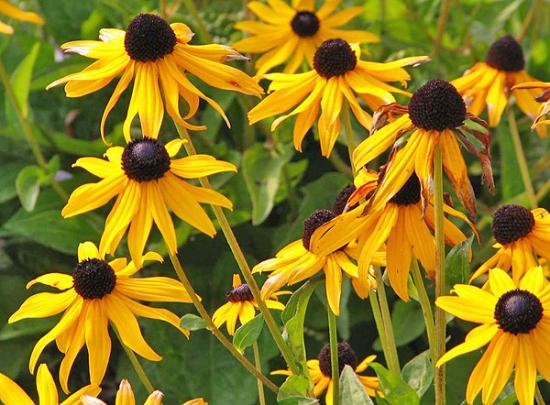
Fans of unusual plants can opt for the Cherry Brandy variety.The stems of this variety are no more than 0.5 meters in height, and the flowers are cherry in color with a dark burgundy center. If the site allows, you can grow taller varieties and hybrids:
- Indian summer
- Holstrum
- Aslan
All varieties of rudbeckia are suitable for use in landscaping settlements. In landscape design, rudbeckia pilosa is used for continuous plantings and for the design of flower beds. In group plantings it goes well with:
- asters
- verbena
- catnip
- cereal herbs
The variety of varieties allows lovers of these unpretentious plants to choose rudbeckia according to their taste.
Video about rudbeckia pilosa:

